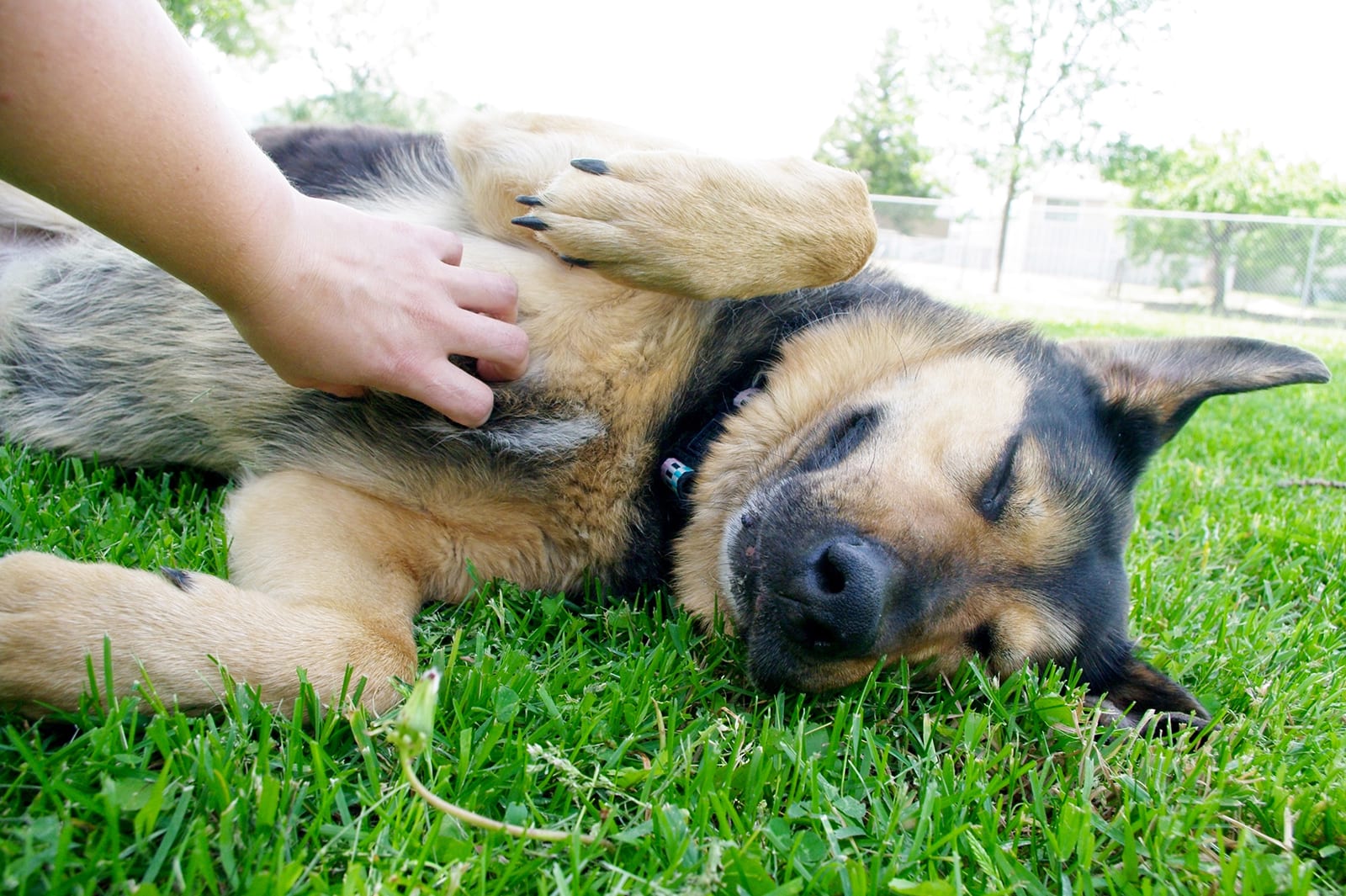Desexing, also called spaying or neutering, is a common procedure for dogs all around the world. It’s an important part of responsible pet ownership and has numerous health benefits for your pet. Whether your pet is a Small Moodle Dog or a large breed dog like Golden Retriever, Desexing could be very promising to your pup. Choosing to have this procedure done may be one of the most important decisions you can make for your furry companion. By desexing your dog, you can help improve their quality of life and prevent them from developing certain medical issues.
What Is Desexing?
Desexing is the process of surgically removing a pet’s reproductive organs. In males, it’s called neutering and involves removing the testicles. In females, it’s called spaying and involves removing the ovaries and uterus. The process is done under general anaesthesia and takes about 30 minutes to an hour to complete.
Benefits of Desexing Your Dog
- Reduced Risk of Reproductive Cancers
Pets that are not desexed have an increased risk of developing certain types of cancers related to their reproductive organs. For example, unspayed female dogs have a higher chance of developing mammary cancer than those who are spayed before their first estrus cycle (heat). Neutered male dogs have a lower risk of testicular cancer than those who are not neutered.
- Reduced Risk of Uterine Infections
Unspayed female dogs are more likely to develop uterine infections (pyometra) that can be life-threatening. Spaying eliminates the risk completely because it removes the uterus where the infection develops.
- Reduced Risk of Prostate Problems
Unneutered male dogs are at greater risk for prostate problems such as cysts, tumours, or infections which can cause discomfort or pain during urination or defecation; this risk is eliminated after neutering surgery due to the shrinking of the prostate gland.
- Reduced Roaming & Aggression
Intact male dogs are more prone to roaming in search of a mate, which can lead to dangerous situations. This behaviour is greatly reduced after neutering surgery due to decreased testosterone levels in the body.
Additionally, unspayed female dogs may become aggressive when in heat (estrus) as they attempt to attract mates; spaying eliminates this behaviour as well since there is no longer any hormonal motivation for them to seek out mates once they’ve been desexed.
When Should You Have Your Dog Desexed
There isn’t one definitive answer here; when it comes to desexing a dog, there are various factors that should be taken into account such as breed size and age, but most experts agree that six months old is generally the best time for puppies to be spayed or neutered. At this point in their development, they’re large enough for a successful surgery yet still young enough for their bodies to heal quickly following the procedure.
Furthermore, keep in mind that some breeds—such as larger ones—may need to wait until they’re nine months or older before they can safely undergo desexing; speak with your veterinarian if you have any questions or concerns about timing or safety issues related to this procedure for your specific dog breed.
Post-Operative Care for Your Dog
First, it’s important to keep your dog calm and quiet after their surgery. It’s common for them to be in pain, so make sure that they don’t move around too much or play too rough. If necessary, confine them to a small area with easy access to food and water. A crate is fine, if they are used to crate training. Avoid allowing them to jump up onto furniture or run around the house; instead, give them plenty of time to rest and recover.
Second, monitor the surgical site closely for any signs of infection or excessive bleeding. Make sure that the incision is clean and dry at all times and change their bandages regularly. If there is any discharge from the incision site or if it appears red or swollen, contact your vet immediately for further advice.
Third, provide your pet with plenty of nutritious food and fresh water during their recovery period. Many animals experience a decrease in appetite after surgery due to painkillers or other medications used during the procedure; however, it’s still important to ensure that they are getting enough calories each day. Speak with your vet about what type of food would be best for your pet during this time and how much they should be eating per day.
Fourth, adjust any necessary exercise plans accordingly while your pet is recovering from surgery. During this time, keep them on-leash when outside in order to prevent any unexpected running off if they become overly excited. Try to avoid contact with other dogs, as they may lick the surgical site.
Finally, provide your dog with extra attention and affection for your pet during the healing process. Gentle pets and cuddles help ease some of their anxiety associated with recovery. This helps both mentally and physically as it reduces stress hormones which can slow down healing.
Conclusion
Desexing your dog has many benefits beyond just preventing unwanted litters – it can help protect them from certain diseases while also reducing aggression and roaming behaviours associated with mating cycles. When buying from a registered dog breeder, many will give you a desexing voucher to lessen the costs involved. Speak with your veterinarian if you have questions about whether desexing might be right for your pet.
